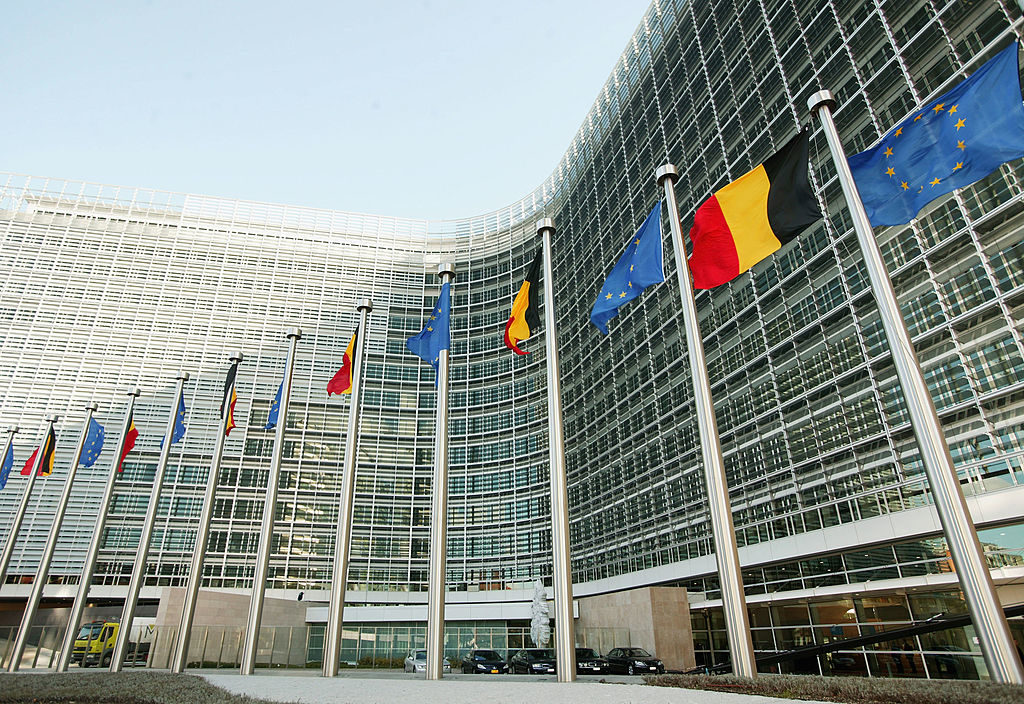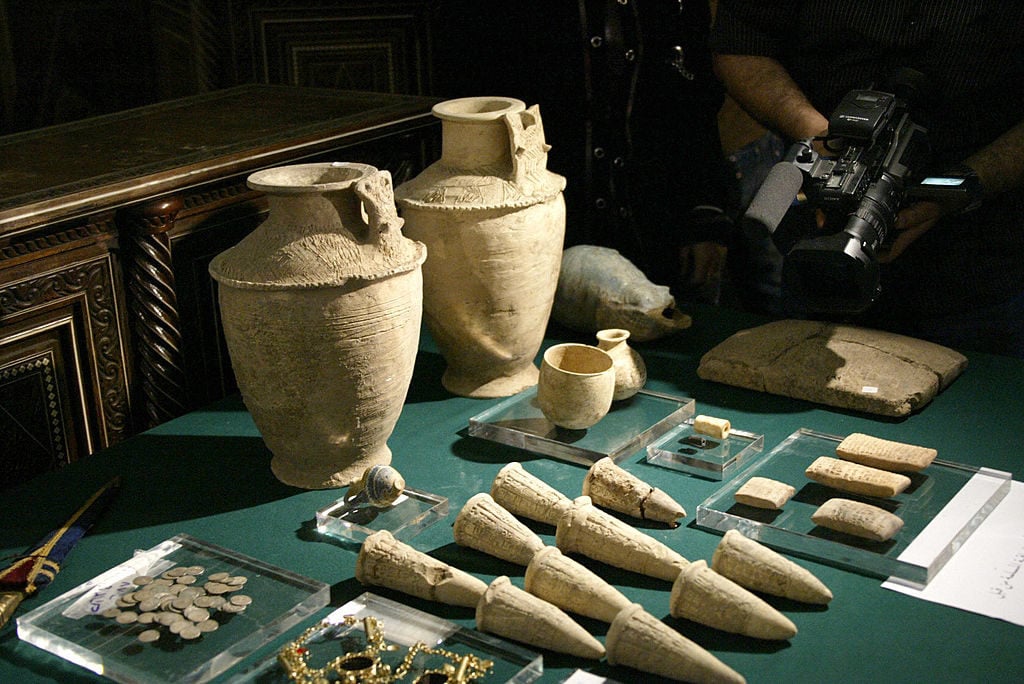Law & Politics
New EU Proposal Aims to Halt the Trafficking of Antiquities That Fund Terrorism
A pan-European licensing system for antiquities import is one of the key features.

A pan-European licensing system for antiquities import is one of the key features.

Naomi Rea

New regulations proposed by the European Commission seek to clamp down on the illegal import of cultural goods used to finance terrorism.
Recent years have seen an influx to the EU of illicit antiquities looted from archaeological and cultural sites in Iraq and Syria. The practice made headlines again earlier this month when the arts and crafts chain Hobby Lobby was forced to surrender thousands of artifacts that had been illegally smuggled into the US.
The European Commission’s proposal, released on July 13 as part of a broader plan to fight terrorist financing, would ban the import of cultural goods over 250 years old to the EU if they have been exported illegally from their home countries.
The EU currently imposes a ban on the trade of cultural goods from Iraq and Syria in cases where there are reasonable grounds to suspect that the goods have been acquired illegitimately. Certain Member States, such as Germany, France, Austria, and the Netherlands, additionally enforce their own more general restrictions. However, the inconsistencies across the bloc make the more vulnerable Member States ready chinks in the armor for smugglers to exploit. The new proposal paves the way for a general framework to deal with the trade of cultural goods within the EU, which will allow for consistent procedures to be deployed all along the bloc’s external borders.

Iraqi antiquities recovered from smugglers along the Syrian-Iraqi borders. Photo LOUAI BESHARA/AFP/Getty Images.
“Money is oxygen to terrorist organisations such as Daesh. We are taking action to cut off each of their sources of financing,” said the First Vice President of the European Commission, Frans Timmermans, in a statement about the proposal. “If adopted by the European Parliament and the Council of the EU, the new rules will make the illegal import and trafficking of cultural goods a much more difficult operation.”
A licensing system for the import of archaeological objects, parts of monuments, and ancient books and manuscripts has been proposed as part of the new regulations. This system would require importers to obtain a license, issued by authorities in the Member State of entry after they have examined the evidence submitted by the importer that the cultural good has been exported legally from the third country.
The proposal also suggests there should be a new EU-wide definition of “cultural goods” not unlike that established in 1970 by UNESCO, which specifically includes archaeological finds, ancient scrolls, the remains of historical monuments, artwork, collections, and antiques.
The European Commission will also deploy a number of campaigns to raise awareness of the rising instances of illicit antiquities popping up on the market, hoping in particular to change some buyers’s lackadaisical attitudes towards provenance information.
The rules are due to enter into force in 2019, pending the agreement of the Member States, although the date for the vote hasn’t been set yet.
Some experts are worried by the proposal, fearing its impact on the legitimate market.
“The proposed new bureaucracy is bound to cripple the legitimate international trade in cultural goods,” Vincent Geerling, chairman of the International Association of Dealers in Ancient Art, has said, according to the Antiques Trade Gazette.
Meanwhile, others are optimistic. Antiquities trafficking expert Donna Yates, who lectures on the subject at the University of Glasgow, told artnet News of the regulations: “They are bold and interesting and I hope they work.”
At the moment, smugglers are taking advantage of customs loopholes through a practice called “port-shopping,” which sees the trafficking of goods through unregulated parts of the EU to disguise their country of origin.
Yates said the new regulations could effectively clamp down on this problem: “The new pan-European licensing system for antiquities imports is most welcome: if only such a shared system was extended world-wide. This is the sort of thing that I and my colleagues have been calling for for years and may plug some serious loopholes, again, depending on how it is implemented.”
Further, the seizure of potentially illicit antiquities by customs agents may shift the burden of proof of legality onto the importer, something Yates heartily approves: “I can’t currently walk through airport customs holding a snow leopard in a cat carrier and expect not to have to prove everything is legit. Why should antiquities be any different?”
Yet, Yates cautioned governments against focusing too much on terrorist financing, noting that such dealings comprise only a small sliver of the global illicit trade in cultural goods. Although precise figures are hard to come by, one study cited by the European Commission estimates that between €2.5 and €5 billion is made on black market antiquities and art trades each year.
“These regulations, will hopefully make it harder for any criminal or criminal group to bring antiquities to Europe to sell, not just a small subset of criminal groups,” she said.